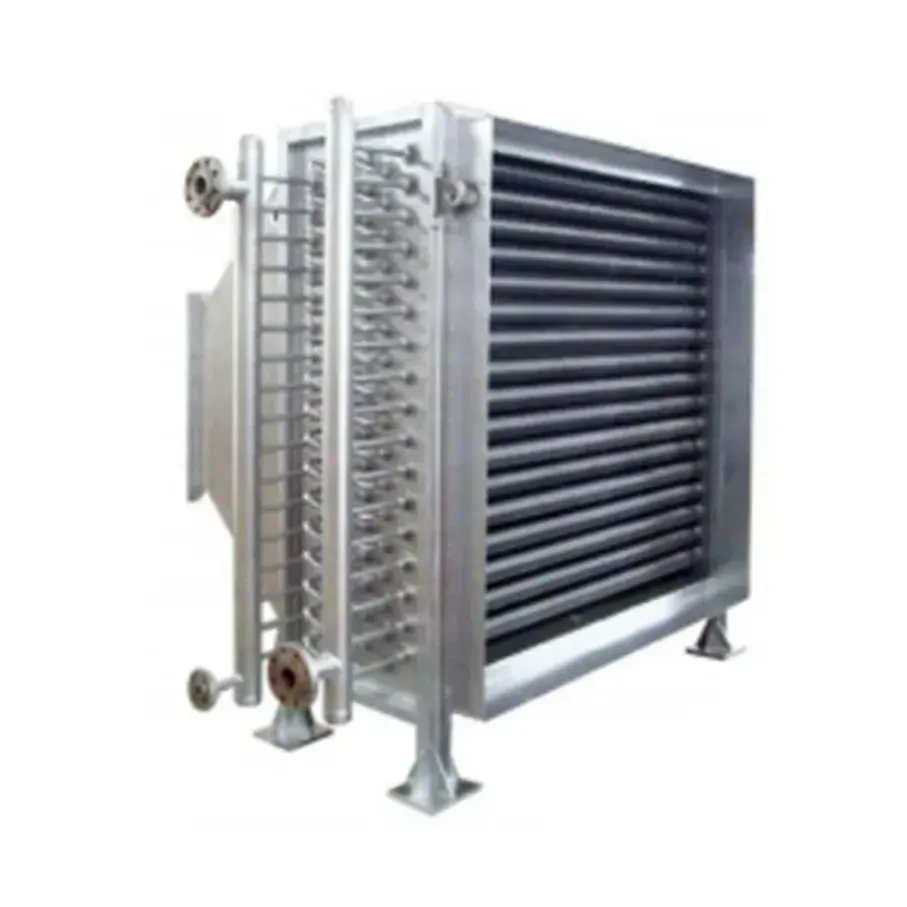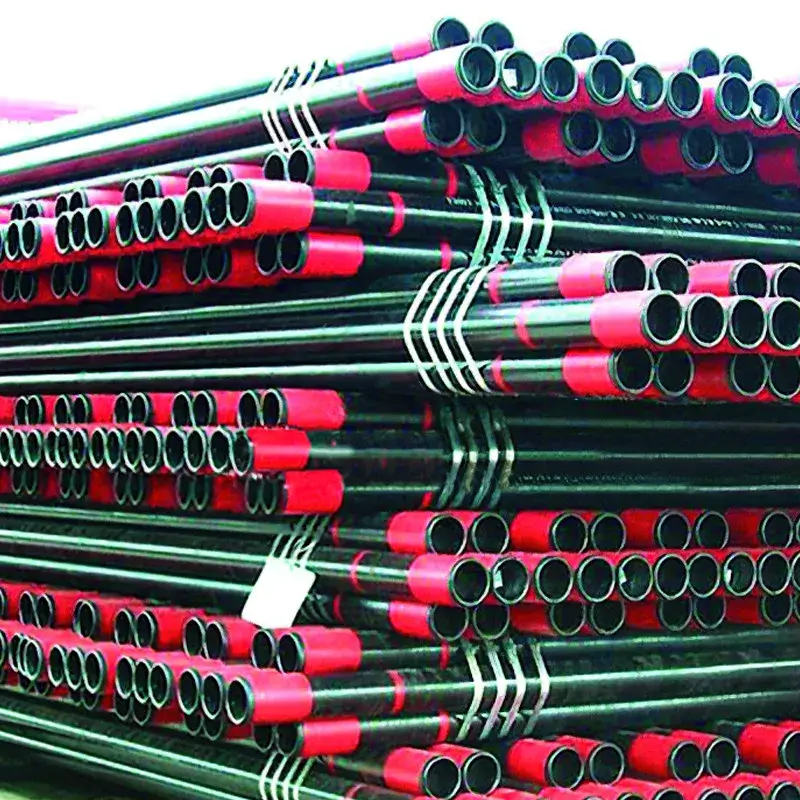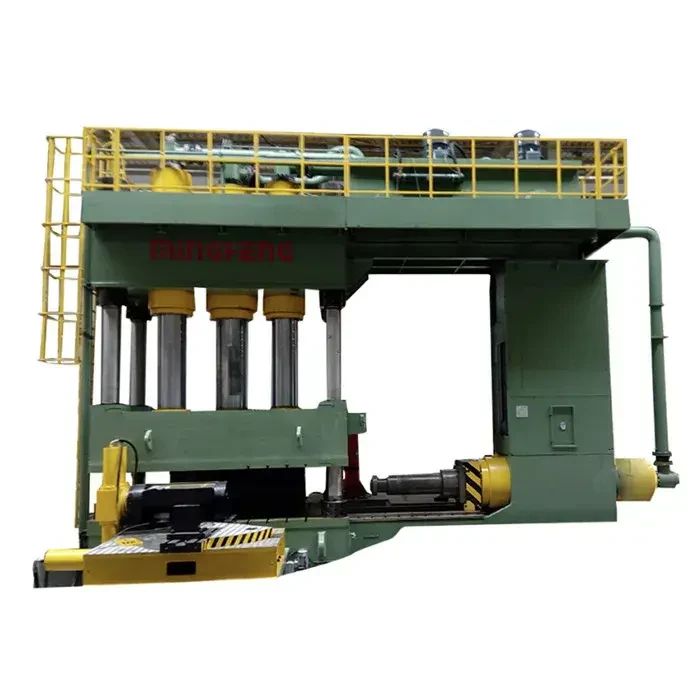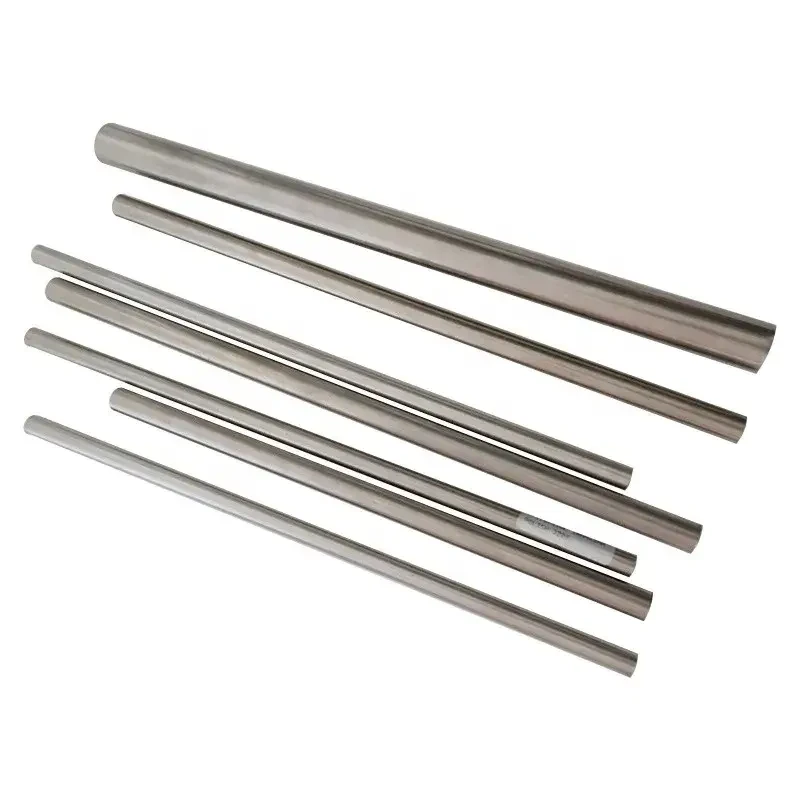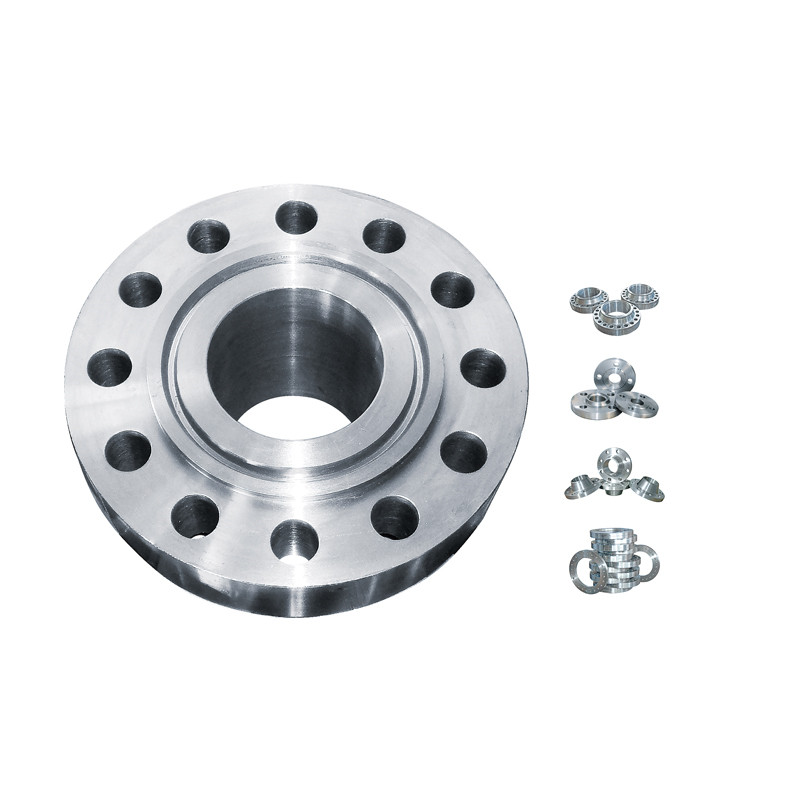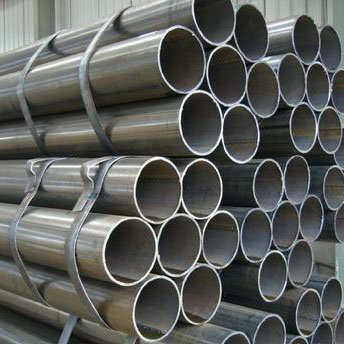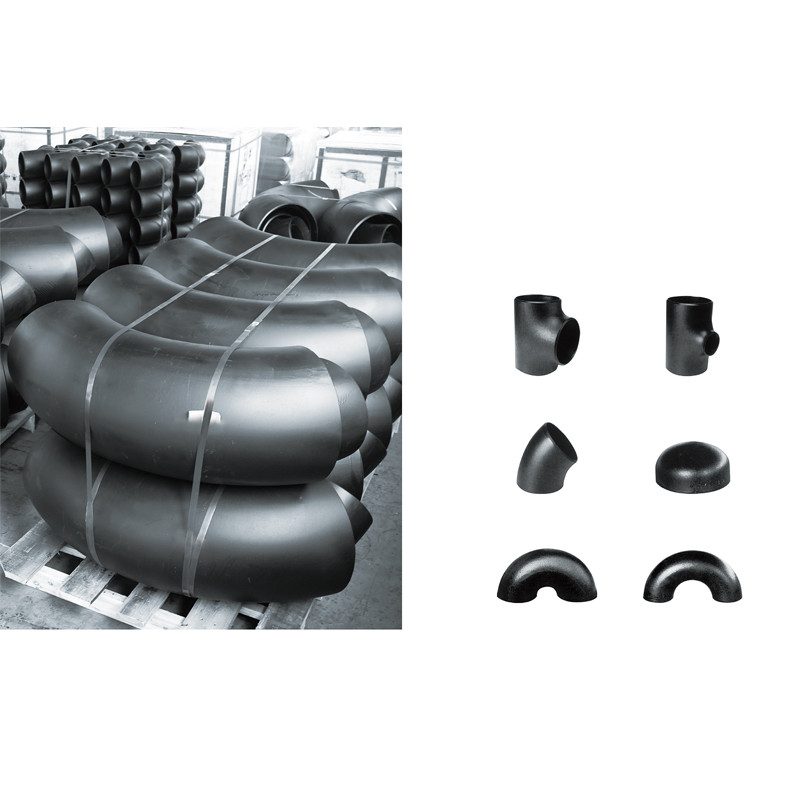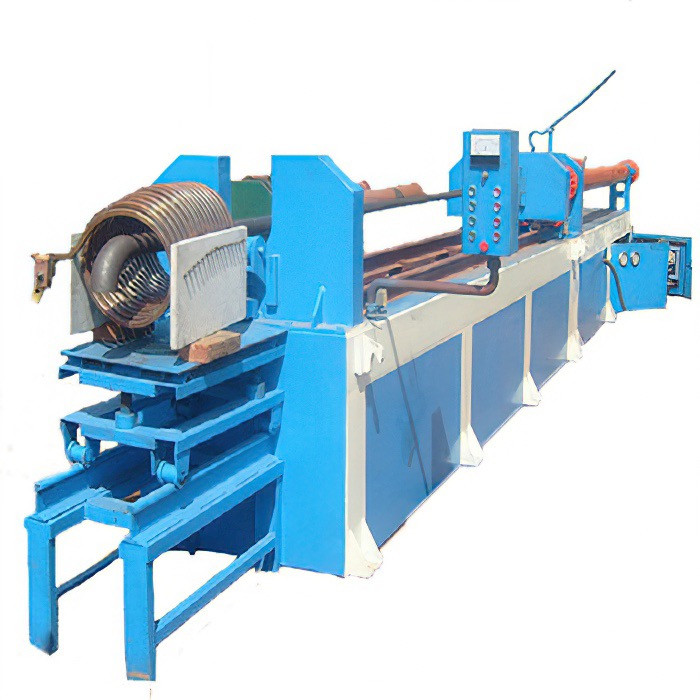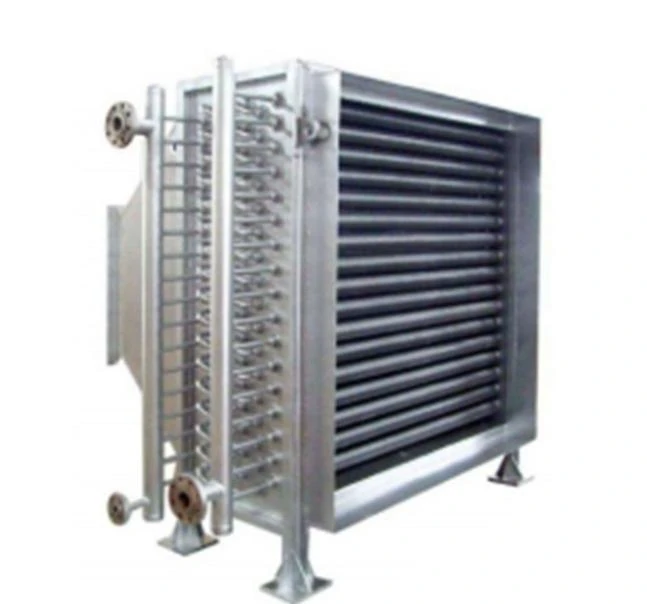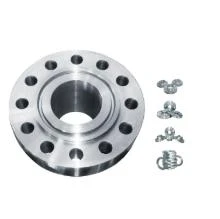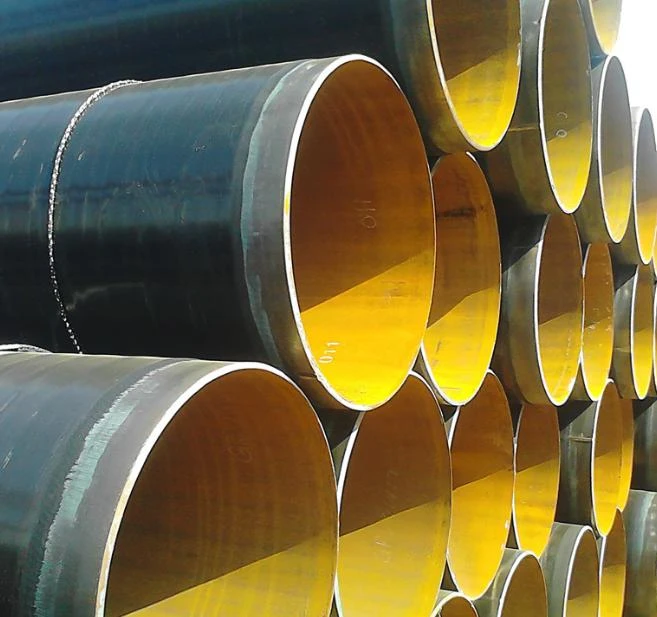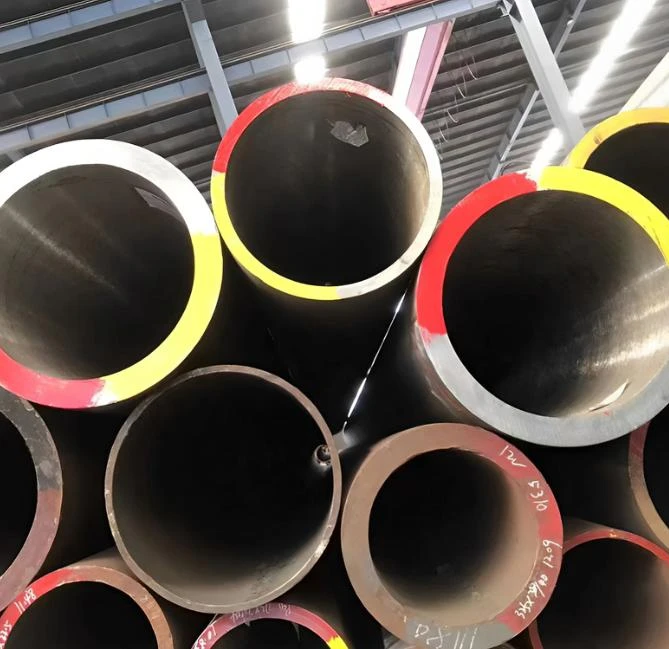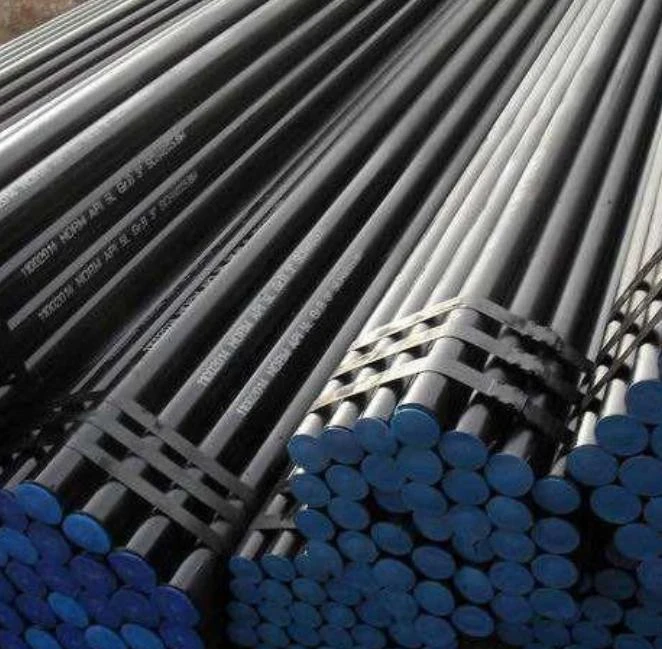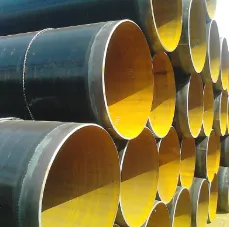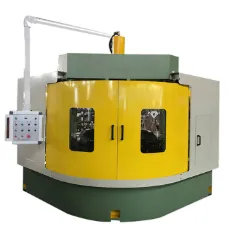- Understanding API 5L X65 Pipe Specification Fundamentals
- Market Demand and Performance Statistics Analysis
- Technical Superiority in Pipe Manufacturing
- Manufacturer Comparison Across Key Parameters
- Customization Capabilities for Specialized Needs
- Field Applications in Major Industries
- Why API 5L X65 Pipe Specification Remains Essential

(x65 pipe specification)
Understanding API 5L X65 Pipe Specification Fundamentals
API 5L X65 pipe specification defines the technical requirements for high-strength steel pipes used in demanding hydrocarbon transportation applications. This standard establishes precise parameters for chemical composition, mechanical properties, dimensional tolerances, and testing protocols ensuring pipeline integrity under extreme pressures up to 100 bar. Compliance with X65 pipe specification guarantees a minimum yield strength of 65,000 psi (448 MPa) and tensile strength between 77,000-110,000 psi (531-758 MPa).
The X65 grade designation signifies advanced microalloying techniques utilizing niobium, vanadium, and titanium to achieve the required strength-to-weight ratio without compromising weldability. Manufacturers must adhere to strict non-destructive testing requirements including hydrostatic testing at 1.5x maximum operating pressure, ultrasonic inspection covering 100% of weld seams, and rigorous traceability documentation. These specifications directly impact pipeline safety with design factors typically calculated at 0.72x specified minimum yield strength.
Market Demand and Performance Statistics Analysis
Global demand for API 5L X65 pipes grew by 12.3% in 2022 alone, driven by expanding energy infrastructure projects. Current market analysis indicates 63% of new oil and gas transmission pipelines deployed in 2023 utilized X65 grade or higher specifications. Performance data from field deployments demonstrate significant advantages:
- 18.7% increase in maximum allowable operating pressure compared to X60 pipelines
- 15.2% reduction in wall thickness requirements for equivalent pressure ratings
- Extended service life exceeding 35 years in 87% of offshore installations
These characteristics translate directly to project economics, with material cost reductions of $310,000 per kilometer achieved through optimized wall thickness while maintaining identical pressure ratings.
Technical Superiority in Pipe Manufacturing
Modern pipe mills achieve API 5L X65 specification through thermomechanical controlled processing (TMCP) that precisely controls microstructure development. This advanced metallurgy results in uniform fine-grained ferrite-pearlite structures with Charpy V-notch impact toughness values exceeding 80J at -30°C. Key manufacturing innovations include:
- Online accelerated cooling systems achieving controlled cooling rates of 15-30°C/sec
- Automated ultrasonic testing resolution down to 0.5mm flaw detection
- Real-time wall thickness monitoring with ±0.15mm dimensional accuracy
Sour service capabilities represent a critical advancement, with modern X65 pipes achieving NACE MR0175 compliance through controlled carbon equivalents below 0.42% and optimized hardness below 250 HV. This enables deployment in environments containing H₂S concentrations exceeding 50 ppm.
Comparative Analysis: Leading Manufacturers
Performance benchmarks distinguish market leaders in API 5L X65 pipe specification compliance. The following comparison evaluates key parameters:
| Manufacturer | Yield Strength Variation (±MPa) | CEIIW Range | Hardness Control (HV10) | Traceability Capability |
|---|---|---|---|---|
| Manufacturer A | 25 | 0.37-0.41 | 220-240 | Heat-to-Pipe |
| Manufacturer B | 32 | 0.38-0.43 | 210-245 | Coil-to-Pipe |
| Manufacturer C | 19 | 0.34-0.39 | 215-232 | Ingot-to-Pipe |
Tier-one manufacturers demonstrate tighter property consistency through integrated manufacturing processes. Advanced producers achieve yield strength variation below 10% across production batches, significantly reducing conservatism in pipeline design walls. Full ingot-to-pipe traceability provides complete material history for critical applications.
Customization Capabilities for Specialized Needs
Beyond standard API 5L X65 pipe specification requirements, manufacturers offer tailored solutions addressing project-specific challenges. Customization options include:
- Enhanced low-temperature toughness: Charpy impact values exceeding 200J at -60°C
- Heavy wall designs: Up to 50mm wall thickness for mountainous terrain installation
- Strain-based design formulations accommodating 2.5% compressive strain
Development timelines for specialized X65 variants average just 14 weeks from specification review to mill qualification due to standardized testing protocols. Project-specific testing regimens can extend qualification testing to include full-scale curved wide plate (CWP) tests simulating bending strains up to 3.5%.
Field Applications in Major Industries
API 5L X65 pipes demonstrate versatility across multiple sectors. Key implementations include:
- Transcontinental pipelines: 1,200km Gasoducto Sur Peruano project deploying X65 pipes in 36" diameter with wall thicknesses from 14.3mm to 24.2mm
- Offshore developments: North Sea applications at water depths exceeding 2,100 meters with collapse resistance ratings of 45MPa
- Mining slurry transport: Abrasion-resistant formulations extending service life by 300% over standard carbon steel
Installation techniques constantly evolve to accommodate X65 pipe specification requirements, with high-productivity welding procedures achieving 100 joints/day using mechanized systems. Field results confirm corrosion rates below 0.1mm/year with appropriate coatings, extending maintenance cycles to 15-year intervals.
Why API 5L X65 Pipe Specification Remains Essential
This specification continues setting industry benchmarks through evolving technical requirements that address emerging challenges. Current revisions expand coverage for hydrogen transport pipelines and ultra-deepwater applications. Manufacturers consistently develop proprietary enhancements within the specification framework:
- Improved sour service resistance through microalloy optimization
- Increased diameter capabilities to 60" with tighter ovality tolerances
- Enhanced welding compatibility reducing preheat requirements by 40%
Selection of API 5L X65 pipe specification delivers engineered solutions meeting safety, economic, and longevity requirements across global infrastructure projects. Proper application provides optimal balance between material costs and operational performance.
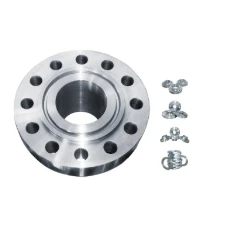
(x65 pipe specification)
FAQS on x65 pipe specification
Q: What is the API 5L X65 pipe specification?
A: The API 5L X65 pipe specification outlines requirements for high-strength steel pipes used in oil and gas transportation. It defines mechanical properties, chemical composition, and testing standards. Pipes must comply with API 5L standards to ensure safety and durability.
Q: What applications are API 5L X65 pipes designed for?
A: API 5L X65 pipes are primarily used in high-pressure oil, gas, and hydrocarbon transmission systems. They are suitable for onshore and offshore pipelines due to their toughness and corrosion resistance. These pipes meet stringent requirements for energy infrastructure projects.
Q: What testing is required for API 5L X65 pipe compliance?
A: API 5L X65 pipes undergo hydrostatic testing, dimensional checks, and non-destructive evaluation (NDE). Chemical analysis and tensile testing verify composition and strength. Compliance ensures pipes withstand operational stresses and environmental conditions.
Q: How does API 5L X65 differ from other grades in chemical composition?
A: API 5L X65 has controlled carbon, manganese, and microalloying elements like niobium or vanadium. This enhances strength and weldability compared to lower grades. Strict limits on impurities like sulfur and phosphorus improve performance.
Q: Why is API 5L X65 preferred over ASTM specifications for pipelines?
A: API 5L X65 is tailored for oil and gas transmission, emphasizing fracture resistance and pressure capacity. While ASTM standards cover broader applications, API 5L ensures compliance with industry-specific safety and operational demands. This makes it the global benchmark for pipeline projects.
Post time: May . 31, 2025 06:19


